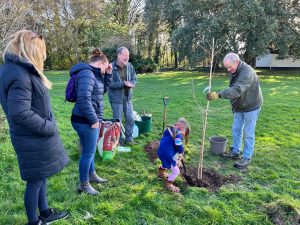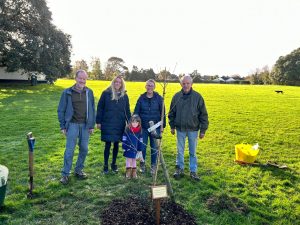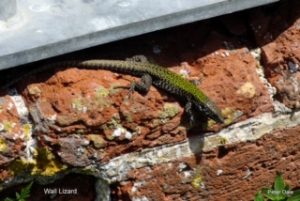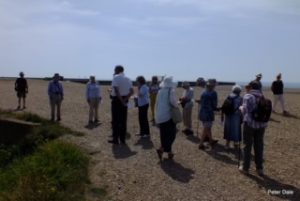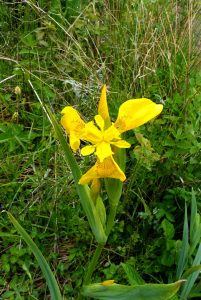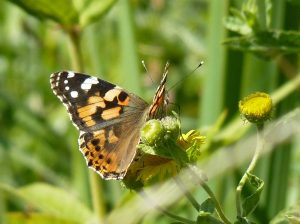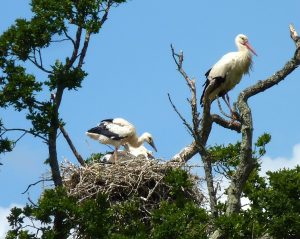The members and guests of Ferring Conservation Group welcomed Ian Everest for a return visit, this time to give a talk about the lives and times of shepherds of the South Downs. Ian’s father was a farm worker in the village of Bishopstone where Ian was raised and this kindled a keen interest in farming, with a focus on the Shepherds of these ‘Chalk Uplands’.
Although a Shepherd was the most important worker on the farm they were paid a pittance despite their knowledge and expertise. They would have to be knowledgeable about the many diseases of sheep as well as calculations regarding their feed requirements.
For the past 200 years or so South Downs Sheep have been one of the most popular breeds in the country and the downland from Shoreham to Eastbourne supported 400,000 sheep, the highest population per acre in the world.
Ian informed us that John Elman was the first shepherd to breed South Down sheep, which became a favourite and the predominant breed in this area for many years – his tomb is in Glynde Cemetery.
Ian regaled many interesting facts including that Shepherds often placed orphaned and sick new born lambs in large heaps of steaming dung up to their heads in frosty weather, to keep them warm. Also that Shepherds would have a section of fleece placed inside their coffin so that God would know they had been busy tending their sheep and therefore ‘unable to attend church’!
Lewes hosted one of the many sheep fairs and used to attract over 40,000 sheep. It was also the venue where the best Shepherds would be approached by neighbouring farmers to come and work for them. This usually resulted in a pay rise! Sadly Findon is now the only sheep fair that exists today in this area and takes place the second weekend in September.
In the second half of the meeting Graham Tuppen presented the Nature Notes slot and displayed to the audience fascinating photographs of the stone patterns that are regularly produced on Ferring beach. Graham managed to speak to the artist one day and he explained to Graham that the patterns actually have meaning. Graham was delighted to say that signs of spring had arrived with the odd Crocus showing through in sheltered spots and some beautiful bright pink dwarf Cyclamen in his garden. Sadly a part decomposed young dolphin had been washed ashore and was found by a member’s dog on the beach. Also an adult hedgehog had been found in a member’s garden again by an inquisitive dog. Three Grebe, a Kingfisher, Snipe, twenty Oyster Catchers, a flock of Sanderlings and a Cormorant had all been seen in the vicinity.
Ed Miller concluded the meeting with news on the planning front:
The Lansdowne Nursery application is still to be decided.
Comments can still be submitted on the proposed housing estate on land at Kingston Lane, Littlehampton and also at Ham Manor on the land alongside the A259 (opposite Sainsburys at Rustington).
The building work on the approved housing estate on Rustington Golf Course has already commenced as well as on the Roundstone Farm site.
The Persimmon Homes planning application for the Chatsmore Farm site is still with the Court of Appeal.
Plans for the possible Highdown Vineyard housing estate has still not been submitted

